If you haven’t yet had a read, take yourself over to the blog article, Transposition Basics Part 1. In last weeks post we explored why we need to transpose and where it is best to start.
Transposition is one of those topics that sends fear into many of my theory students and in this short blog series I am going to be breaking it down into small bitesize chunks. I hope these posts make this topic a lot clearer and easier for you to transpose not only for specific intervals but also in all the clefs; treble clef, bass clef, alto clef and tenor clef.
Last week we looked at how to write a note at the same pitch in both the treble and bass clef. We also explored the idea of the Grand Stave and how this can be used to help us. If you remember, the most important note for us to be clear with was middle C!

Which clef should we look at next? Alto clef!
This week we are going to explore how we can do the same thing in the alto clef.
This clef is slightly different to the others, in that the Middle C is directly in the middle of the clef. Sometimes we refer to this clef as the ‘C clef’ – makes a bit more sense now, huh?

As you can see, this does not directly relate to the Grand Stave, but we can use our knowledge about middle C to work out the notes in this clef.
First of all, let’s compare middle C in the three clefs we have learnt so far:

These three notes all sound the same and that is because they are all Middle C, simply written in different clefs!
How does this help me write other notes in different clefs?
In order to move between the clefs we need to keep middle C in mind. If I want to take the treble clef note, pictured below, into the alto clef, I first need to work out where this note is in relation to middle C. Take a look, which note do we have?
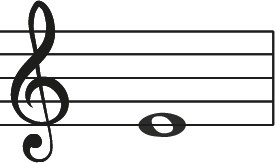
That’s right – we have an E above middle C.
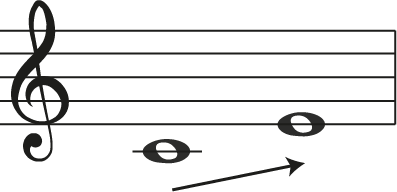
Now if we want to put this into the alto clef we just need to ensure we are above the middle C (on the middle line) and that we go up the same number of notes.
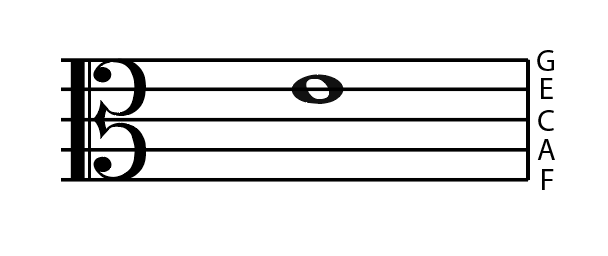
I still don’t understand the concept of middle C in relation to the other clefs… can we make this clearer?
We could view this in a different way by overlapping the different clefs…
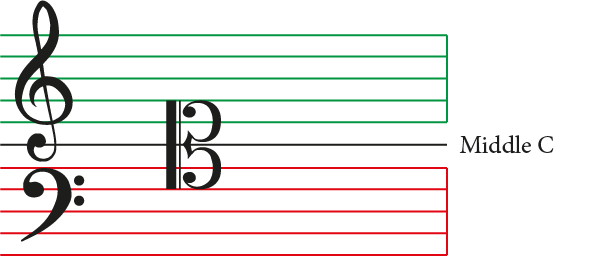
As you can see in the above image, middle C is now in the same place for all three clefs. It is very clearly the same note.
We already know the notes in the treble and bass clefs so we can use this to work out a note in the alto clef.
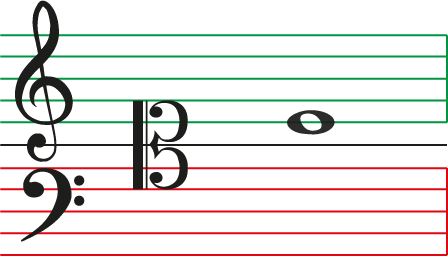
We have covered how to move between three different clefs, the treble, bass and alto clef! Next week we will add in the tenor clef. This will mean we have looked at the full range of clefs and then we can begin our transposing journey!
I hope this has made things a little clearer. If you have any comments or suggestions let me know!
